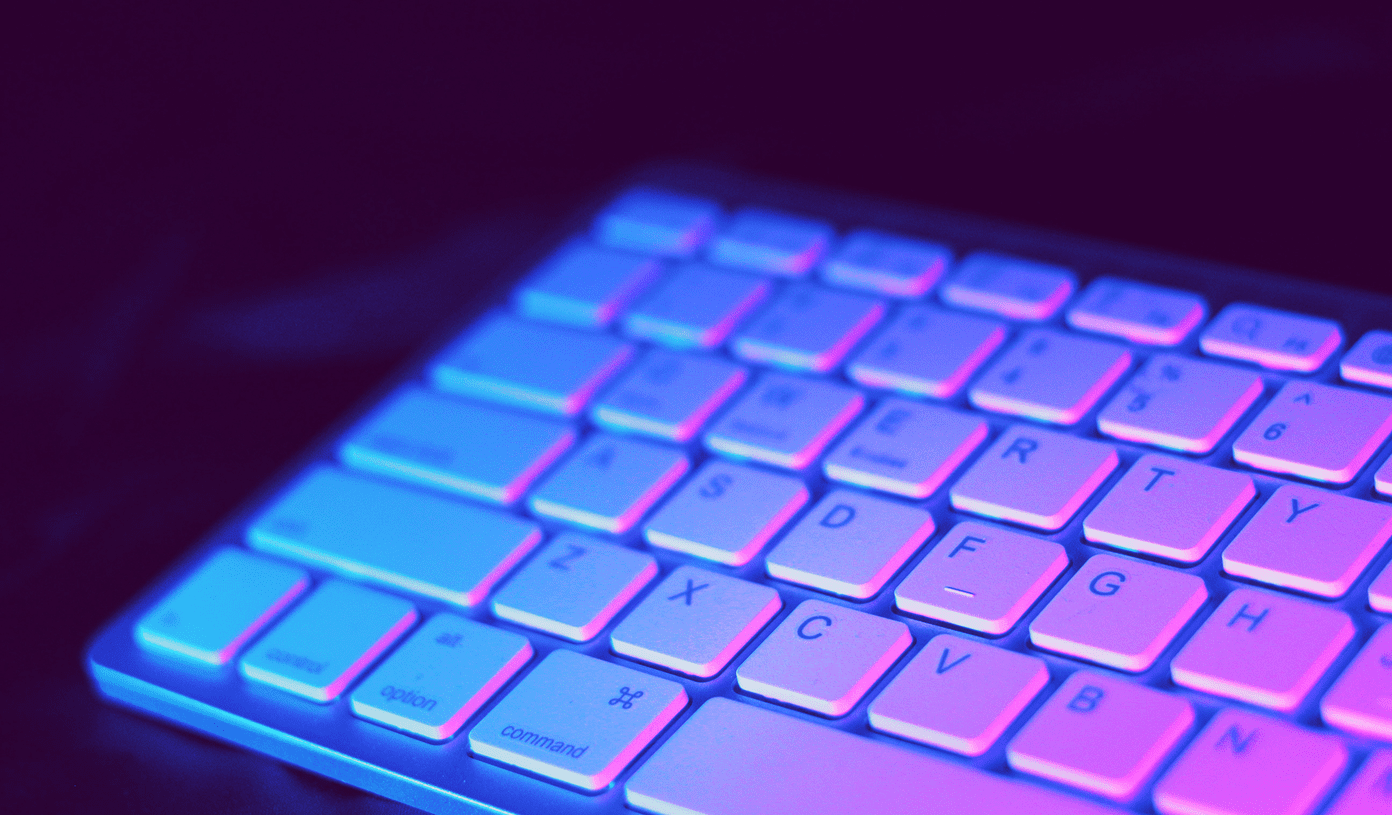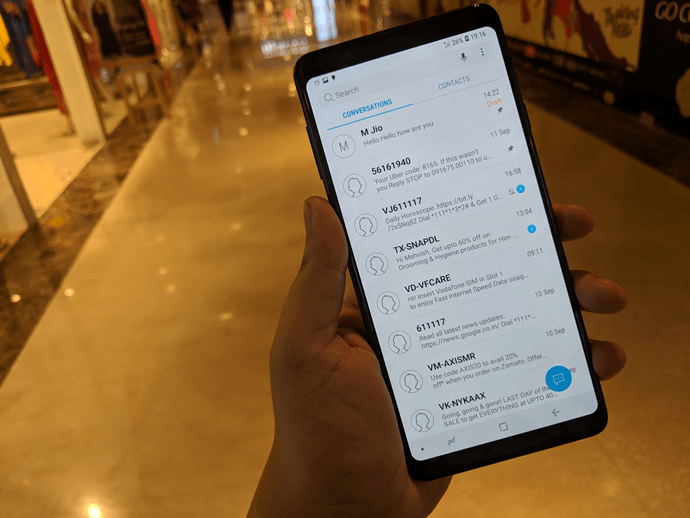So why couldn’t Apple sustain the legacy of Steve Jobs? Was it all about him, his ideas and his stubbornness for innovation that made Apple the most successful tech company in our age? Let’s explore.
The End of Simplicity
If you still haven’t seen the new MacBook Pro, here’s the lowdown. The Apple logo on the back is not backlit, there are 4 USB-C ports and absolutely no SC card slots or thunderbolt ports. Which means you’d have to buy an adapter to even connect an iPhone to the new MacBook. MacBook – Adapter – iPhone. Does that look simple to you? Moreover, the lack of an SD card slot will possibly be a deal-breaker for pros working with cameras. Or they’ll need a card reader with a USB-C cable. MacBook – Adapter – Card. Simple? No, it’s not getting simpler to use Apple products. But this isn’t new, we’ve been seeing strange omissions of ports and terrible design ideas being introduced in almost everything, right from the iPhone, iPad and now the MacBook. The iPhone left the headphone jack in the lurk, the iPad Pro had a shocking way to charge the Pencil and even the Magic Mouse 2.
Courage or Greed?
When the headphone jack was removed from the iPhone 7, Apple spoke about ‘Courage’ and how they’ve been making tough decisions for years. Removing the optical drive, introducing proprietary ports like Thunderbolt, we’ve seen them all. But those felt right, it felt like it was the right time to let go and try something new. With the MacBook Pro, however, it’s quite mindless. I think Casey Neistat’s video on his impressions of the MacBook Pro, sum it up quite nicely.
So why did Apple remove the headphone jack in lieu of its own lightning connector? One theory from YouTuber JerryRigEverything suggests that it wasn’t about courage at all. It was about profits. Apple makes money when any manufacturer makes use of the lightning port. Doing away with the headphone jack will force other audio brands to create headphones that have lightning connectors. And every time a brand does that, they pay a small fee to Apple. Because, patents. The theory doesn’t sound all that far-fetched once you realize that Apple is obviously driven by profits. Profits that are achieved even though they are not selling their products in volume. But when greed leads to poor design choices, it will surely lead to failures. And that part will worry Apple shareholders more than anyone.
The Coolness of the Touch Bar
This was, by far, the biggest change to the MacBook in years. An OLED strip right above the keypad where the function keys used to be are now a strip of changing icons that you can touch. Yes, there is still no touchscreen MacBook, but this is as close as you can get to it. Is it cool? Sure. Is it revolutionary? No. Which means that there is possibly no real need to buy the updated MacBook Pro. Why? I can think of 2,800 reasons why. Yes, this is a dig at the pricing of the new MacBook Pros. They are quite a lot more expensive than previous models and even though they are slimmer and lighter, they don’t have a great jump in performance. The primary reason for that being, as noted by Andrew Cunningham’s review, is the choice of CPU. Does this sound like the Apple we were used to? Adding a cool feature that isn’t all that functional and compromising the performance? Well, it’s certainly not what it needs to be. Not with Microsoft making such giant innovative leaps with their Surface Book and especially the Surface Studio.
Your Take?
We’d like to know what you make of the new MacBook Pro with Touch Bar. If you’ve started using one, then what was your purchase based on? Join us in our comments section for an engaging conversation about a product that has almost everyone divided. The above article may contain affiliate links which help support Guiding Tech. However, it does not affect our editorial integrity. The content remains unbiased and authentic.









